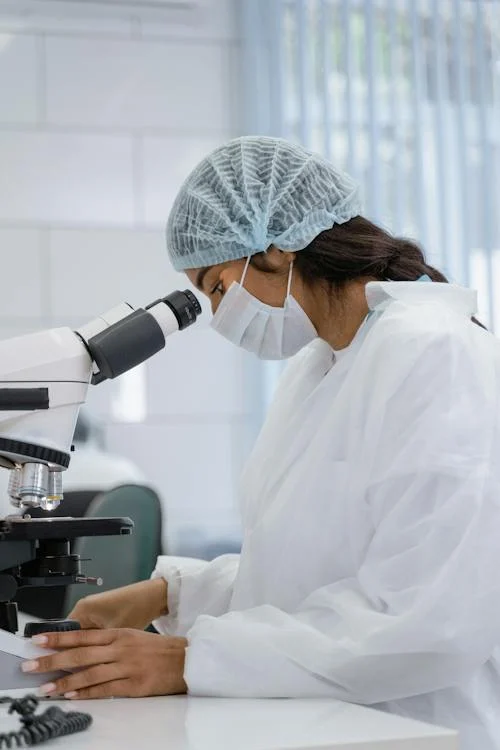In healthcare, technological advancements have been a beacon of hope, offering new avenues for diagnosis, treatment, and recovery. Yet, with every leap forward, there comes an inherent responsibility to ensure these innovations do not compromise patient safety. The Bard Powerport lawsuit exemplifies the delicate balance between embracing medical advancements and upholding the accountability necessary to protect patients from harm.
The Promise of Medical Technology
The promise of medical technology lies at the heart of modern healthcare, heralding a new era of treatment possibilities that were once the stuff of science fiction. Innovations such as artificial intelligence-driven diagnostics, robotic surgery, and personalized medicine are not just improving outcomes; they’re revolutionizing the patient experience. For instance, robotic-assisted surgery has made procedures more precise, reducing both the risk of complications and recovery times. Meanwhile, wearable technology monitors vital signs in real time, providing a continuous stream of data that can predict health issues before they become serious.
These advancements extend beyond treatment to prevention and management, empowering people to take control of their health like never before. With the advent of telemedicine, access to healthcare services has broadened, breaking down geographical barriers and making it easier for patients to consult with specialists. The development and rapid adoption of such technologies underscore a significant shift towards more proactive and personalized healthcare approaches.
Yet, for all its benefits, the integration of advanced medical technologies into patient care is a complex process fraught with challenges. It demands rigorous testing, ethical considerations, and a deep understanding of the impact on patient health and well-being. As we navigate this promising yet intricate landscape, the focus must remain on enhancing patient care, ensuring that technology serves as a bridge to a healthier future for all.
The Bard Powerport lawsuits illuminate a critical aspect of the medical device industry: even with advancements aimed at improving patient care, there are instances where devices may not perform as expected, leading to adverse outcomes. In the case of the Bard Powerport, patients faced complications that ranged from infection at the implant site to thrombosis (blood clots) and even device malfunction, such as breaking or fracturing. These complications not only necessitate additional medical intervention but can also lead to significant physical pain, emotional distress, and financial burden due to accumulating medical bills and lost wages.
The Pitfalls of Progress: Risks and Complications
While medical devices undergo rigorous testing before reaching the market, the real-world application can reveal risks not initially apparent. Complications from devices can range from mild discomfort to severe, life-threatening reactions. The Bard Powerport, for instance, has been the subject of some legal scrutiny due to complications that have significantly impacted patients’ lives.
The importance of acknowledging these risks cannot be overstated. It underscores the need for continuous monitoring and regulation of medical devices to safeguard patient health. Moreover, it highlights the critical role of healthcare providers in not only administering these technologies but also in monitoring patients for any adverse reactions.
Informed Consent and Patient Education
Central to the use of any medical device is the principle of informed consent. This process involves educating patients about the benefits and risks associated with a medical procedure or device, ensuring they understand and agree to the treatment plan. Patient education goes hand in hand with informed consent, empowering individuals to make knowledgeable decisions about their healthcare.
In the context of the Bard Powerport and similar devices, understanding the potential risks and benefits allows patients to weigh their options carefully. Healthcare providers must facilitate open discussions, providing clear, accessible information that helps patients navigate their choices confidently.
The Importance of Accountability in Medical Advancements
The drive toward innovation in medical technology must be matched with an unwavering commitment to accountability. Regulatory bodies, healthcare providers, and manufacturers must work together to ensure that patient safety is never compromised. Vigilance in monitoring, reporting, and addressing any complications is essential to maintain trust in the medical devices that so many rely on.
The legal process not only aims for compensation for the injured parties but also serves a broader purpose. It highlights the necessity for stringent oversight in the development and surveillance of medical devices post-market. Successful litigation can lead to corrective actions, such as recalls, enhanced patient screening protocols, or changes in product design, ultimately contributing to safer medical practices.
In Conclusion
Advancements in medical technology hold immense promise for the future of healthcare. However, the journey towards innovation is fraught with challenges that require a balanced approach to ensure patient safety and well-being. Just as we must be vigilant about the products we bring into our homes and the impact they have on our health and the environment, we must also be proactive in addressing the potential harm caused by medical devices. The Bard Powerport lawsuit reminds us of the critical need for informed consent, patient education, and legal recourse when things go wrong. As we continue to navigate the landscape of medical advancements, let us remain steadfast in our commitment to accountability, ensuring that every step forward is taken with the utmost care for those we aim to serve.

